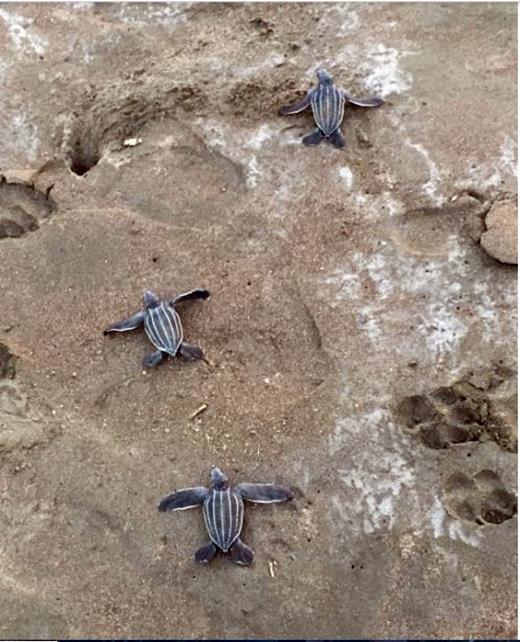
If you dream of traveling the world but lack the financial means to take a luxurious approach, volunteering is one way to get around while giving back.
There are many ways to give back while traveling abroad– teaching English as a second language, construction work, working with children, etc. One of the most memorable ways to Volunteer in Costa Rica is working with sea turtle conservation organizations. If you want this unique Costa Rican experience to be your gateway to traveling in Latin America, here is what you need to know.
About Sea Turtles
Why would someone want to work with sea turtles, aside from the obvious daily exposure to cuteness? Nearly all species of sea turtles are classified as endangered, according to the World Wildlife Foundation. Each day, sea turtles are in danger of being killed by poachers, the destruction of their natural habitats, and becoming collateral damage to commercial fishing practices. The changing climate has also impacted their breeding cycles.
Sea turtles play an important role in maintaining the oceans’ ecosystems. They are one of the only creatures that eat seagrass, which needs to be maintained to provide a healthy breeding ground for other sea life. The sea turtle breeding process helps maintain the shorelines through providing nutrients to the otherwise barren dunes.

Conservation Efforts in Costa Rica
If you choose to volunteer in Costa Rica by working with sea turtles, you will have a varied job description that requires simple yet important tasks. You can expect to work with scientists and local citizens to conduct beach patrols and cleaning protocols, relocating nests and hatchlings, counting and tagging turtles for number tracking, and other duties as needed.
A Day in the Life of a Turtle Conservation Volunteer

Depending on if you take day shifts or volunteer for night patrol, you can expect to wake up fairly early. Often before sunrise for a day shift, and around 8 o’clock am when planning an evening shift. After you eat breakfast (or perhaps before), your first stop will be the beach. Yes, your mornings will consist of incredible sunrises on the beach– talk about a wake-up call!
On the beach, you’ll work with your team to make observations and assessments. You may have a few cleanup tasks as well, such as removing destroyed eggs, so no bacteria impacts the intact eggs. As the morning progresses, you’ll intermittently check the nests for new hatchlings. If any have hatched, you’ll help them make it to the water.
Crossing the sand is one of the most dangerous parts of a hatchling’s journey. It is estimated only one in a thousand hatchlings survive into adulthood. As a volunteer, watching a baby sea turtle reach the waves is a rewarding, unforgettable experience.
You can expect to take a break for lunch, and maybe take a few hours off for exploration and relaxation. Remember to fit in a nap if you’re working the night shift!
The idea of a night shift makes most people cringe, but it can be the most exciting shift for sea turtle conservationists! Your job on the night shift is to patrol the beach and see if any adult sea turtles are coming in to lay eggs. Once they do, you collect the eggs before poachers or predators can.
Night shifts are broken up between everyone, so don’t worry about pulling all-nighters in addition to having early mornings. You will have plenty of time to enjoy the country between stints of early mornings and physical labor. Volunteering at a sea turtle conservation in Costa Rica is not only good for the adventurous spirit, but for the body, mind, and the soul.
We are happy to present this collaborative post to offer valuable information to our readers.



Like your web site and I will surely come again again.